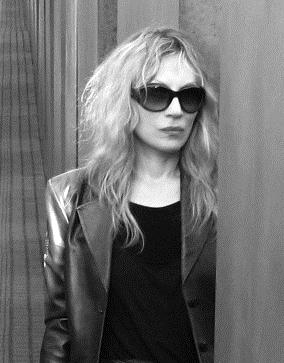
‘Bracha Ettinger’s theory of the Matrix enables a way of thinking that is not dependent on an adherence to phallic logic, which, at ontological and epistemological levels, informs much Western thought. Ettinger closely engages with but relativises the psychoanalytic work of Jacques Lacan and Sigmund Freud, and in particular the concepts of the phallus and ‘castration’ by showing the involvement of other unconscious processes that create desire and meaning.
‘Ettinger names the dominant logic in classic psychoanalysis phallic: not as masculine, but as that which is premised on the oppositions absence/presence, on/off, plus/minus. Through shifting the binary modelling of fusion and repulsion, which are considered as the first and primary psychic activities through which subjectivity is formed, Ettinger proposes a supplementary form of relating located on the border between presence and absence, and not tied to object and subject. Phallic logic, established as neutral by classical psychoanalytical thought, shapes the most prevailing concepts of masculine and feminine in a binary opposition, aligning masculinity with presence/plus/on and the feminine with the negative pole.
‘Ettinger’s Matrix, premised on the traumatic Real and the psychic effects of the specificity of feminine sexual difference, does not displace phallic logic. Rather it supplements the understanding of subjectivity by positing a shifting possibility of and/and and not/not that arises primordially in the prenatal/prematernal encounter in which Ettinger locates what she calls grains of proto-subjectivity. By opening up the possibility within the formation of the human psyche, of a sexual difference that she conceptualizes as subjectivity-as-encounter, and not only subjectivity as separation or aggression, Ettinger’s theory of the Matrix supplements and radically expands ‘the range of processes and dimensions that constitute human subjectivity’ and ‘is a radically extended psychoanalytical theory about the ways in which we relate to the other and to the jouissance of the other’.
‘Hence in contrast to classic psychoanalysis which premises subjectivity on the cut – birth, weaning, language – Ettinger argues that from the beginning subjectivity can be understood as an encounter and this gives rise to a new vocabulary not based on subject and object (or Thing) but on the proto- and partial subjective potentials within each subject for experiencing and locating affect and meaning in shared borderspaces on each side of which a shared event resonates differently. Hence her language of webs, networks, strings, resonances, premised on a subjectivity of partiality, fragmentation, multiplicity and plurality that enables elements to meet and recognize each other without knowing each other. The key concepts of Ettinger’s theory include: metramorphosis, borderlinking, co-poiesis, co-emergence and co-fading, aesthetic wit(h)nessing, fascinance and fragilisation. These concepts describe processes and relations between elements and between partial-elements at a sub-Symbolic level, preceding the unconscious traces of the separate, sovereign, individual.
‘Here, uncognised psychic traces arising in different individuals are transformed by and transform the other, creating a shareable, web-like mental continuity. In the Matrixial sphere it becomes possible to (or rather, it is impossible not to) affect mental traces of trauma, jouissance and phantasy for one another in a matrixial encounter-event. In her theory of the Matrix Ettinger takes the later writings of Lacan, in particular his attempt to imagine subjectivity and jouissance ‘beyond the phallus’ as one of her starting points. Ettinger’s theories thus enable another way of thinking through the passage to subjectivity and the structuring of jouissance – ‘enigmatic excess of unconscious pleasure’ – that is not dependent on a relation to the phallus.’ — Kate Southworth
___
Further
Bracha Ettinger | The European Graduate School
Bracha Ettinger @ goodreads
Thinking the Feminine: Aesthetic Practice as Introduction to Bracha Ettinger and the Concepts of Matrix and Metramorphosis
Bracha Ettinger’s Theory of the Matrix
Painting the Feminine into Ontology
Art as Transport-Station of Trauma?
An introduction to Bracha Ettinger’s Traumatic Wit(h)ness-Thing and Matrixial Co/in-habit(u)ating
Bracha L. Ettinger discusses her life and work
Bracha Ettinger – Resonance/ Overlay/ Interweave
Introduction to Bracha Ettinger’s Matrix Theory
Audio: Bracha Ettinger. Beauty in the Human: Uncanny Compassion, Uncanny Awe
Touching Trauma: On the Artistic Gesture of Bracha L. Ettinger
Expanding Spaces and Porous Borders in the Artworking of Bracha L. Ettinger
Fearlessness Paradigm Meets Bracha Ettinger’s Matrixial Theory
A Woman Takes Little Space: Liina Siib and Braha Ettinger claiming subjectivity for losers
Buy ‘The Matrixial Borderspace’
___
Extras
Bracha Ettinger. Psychoanalysis and Matrixial Borderspace.
Bracha L. Ettinger, Subject, Trust, “Carriance”
Judith Butler with Bracha Ettinger. Ethics on a Global Scale.
_____
Paintings
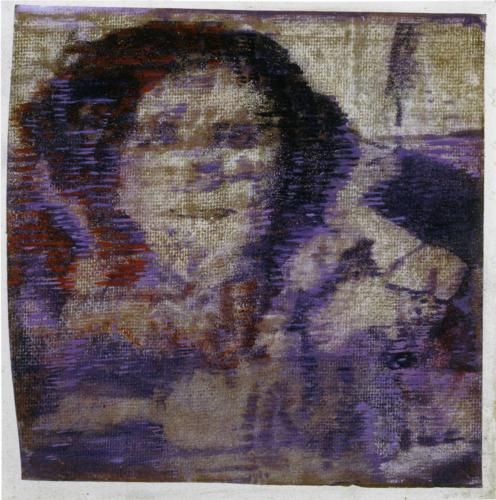

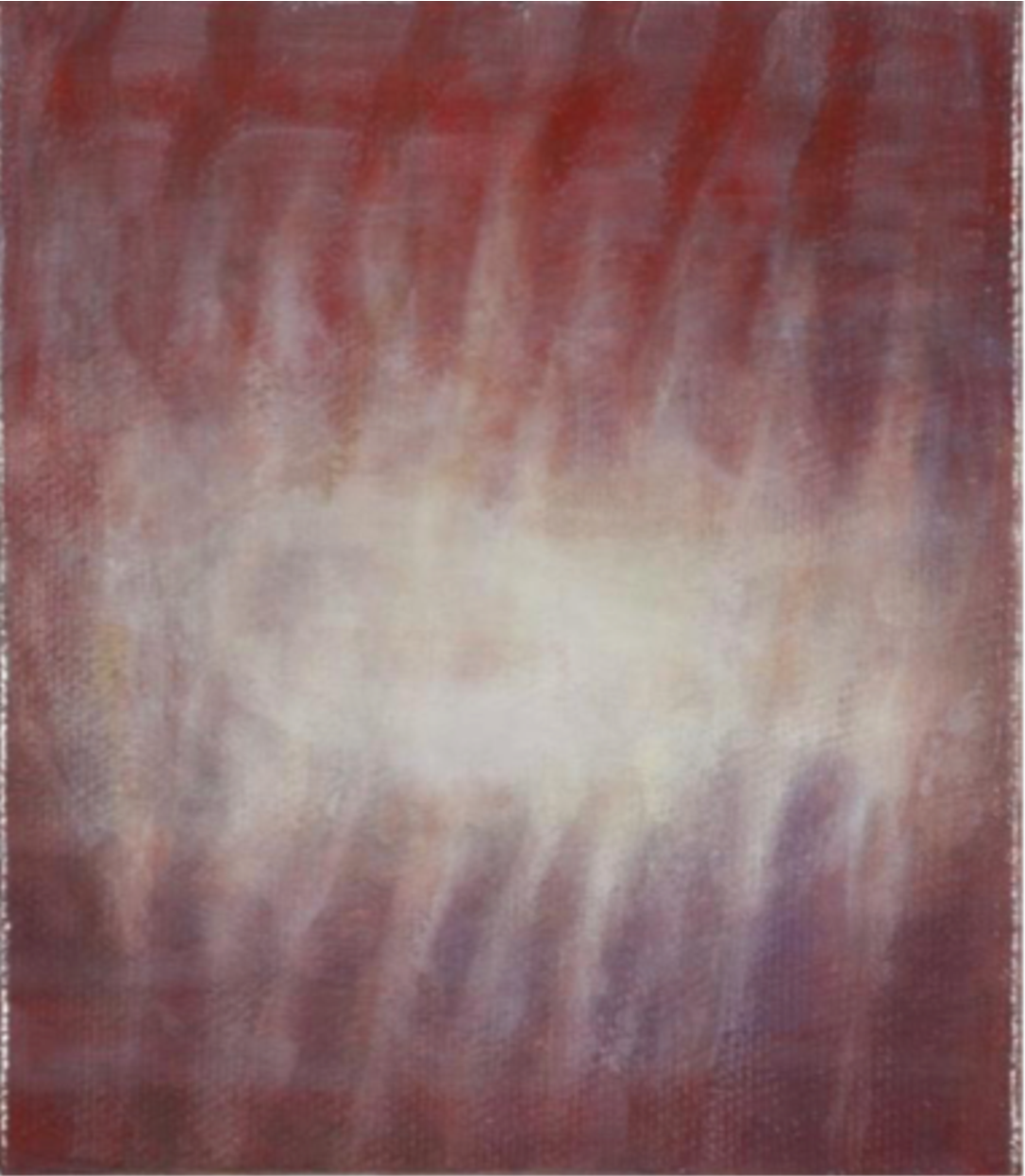
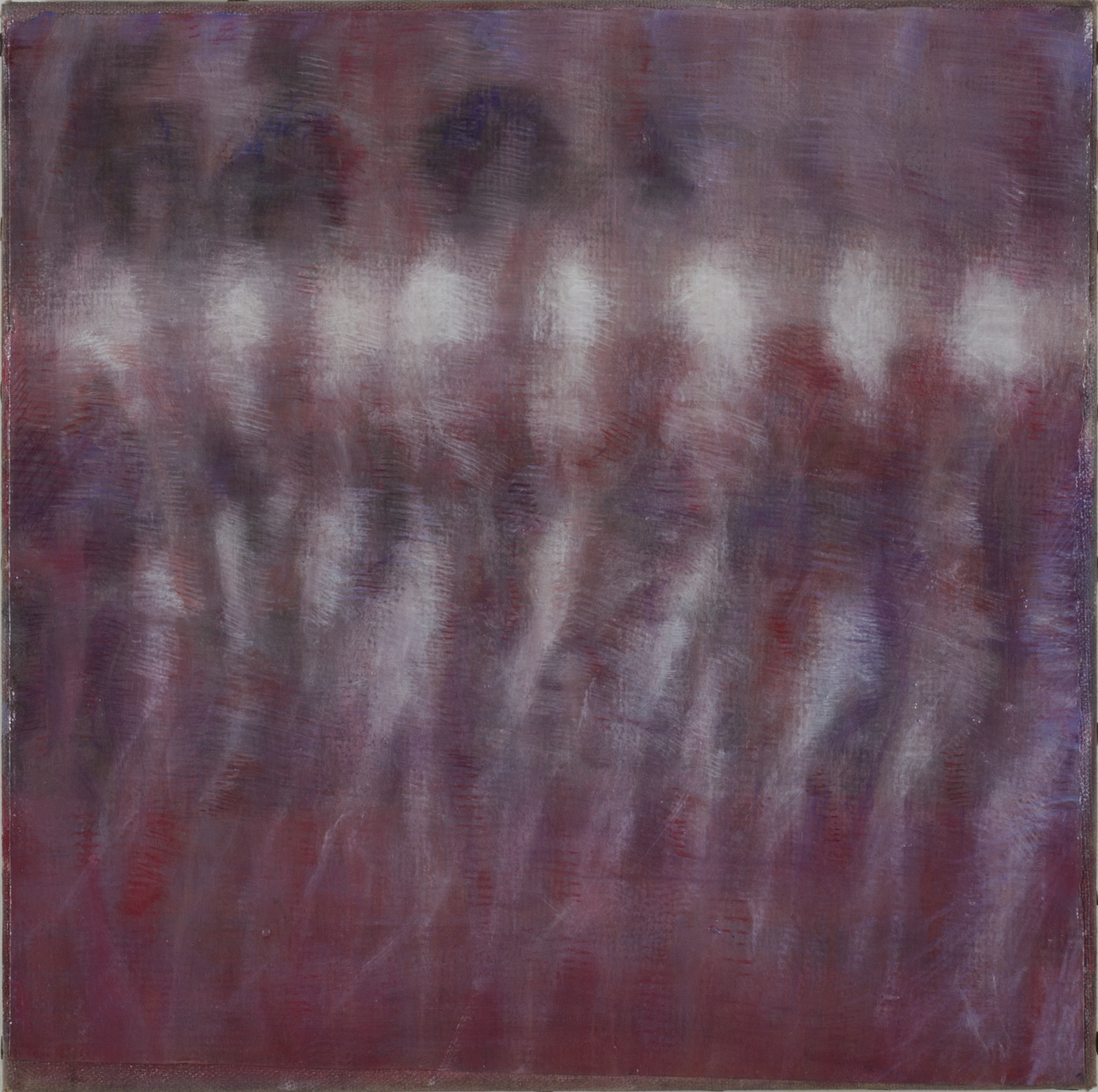
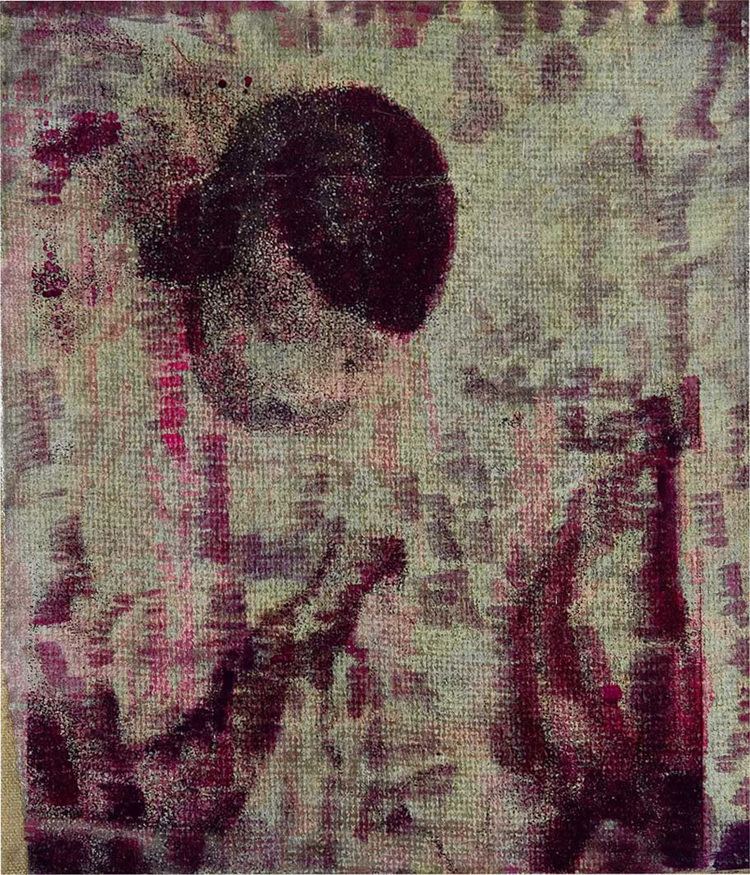
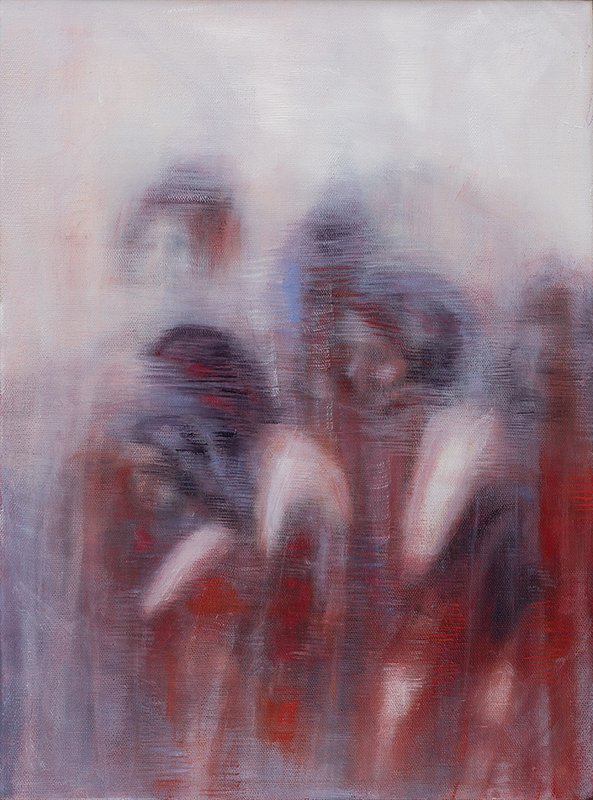
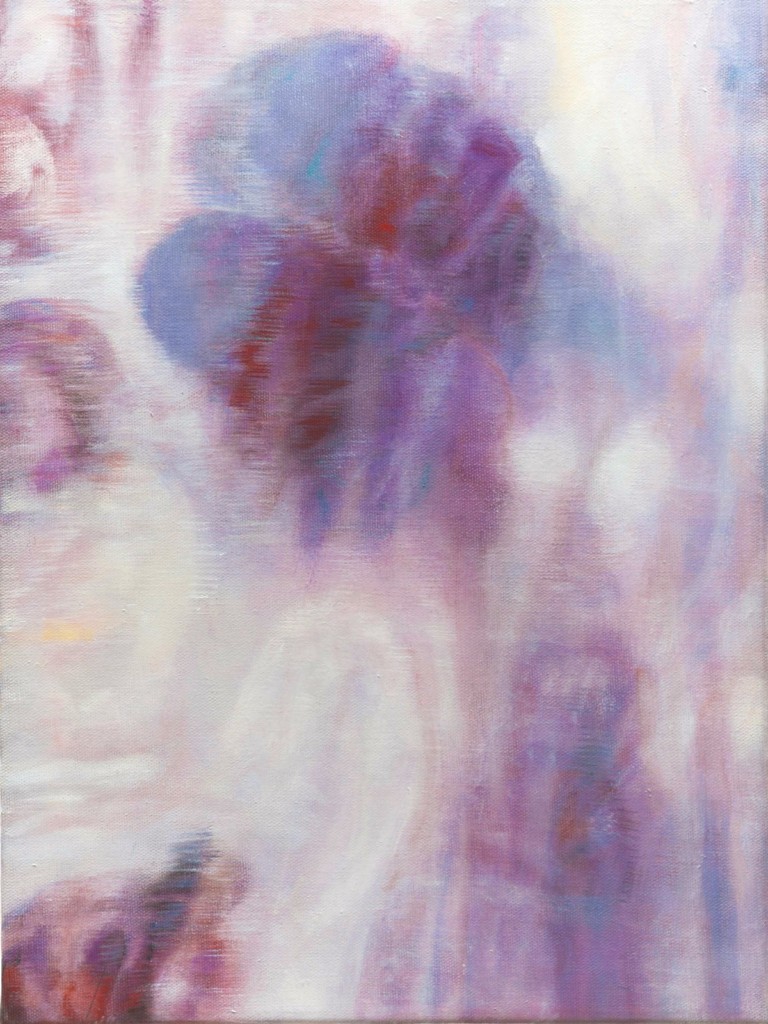
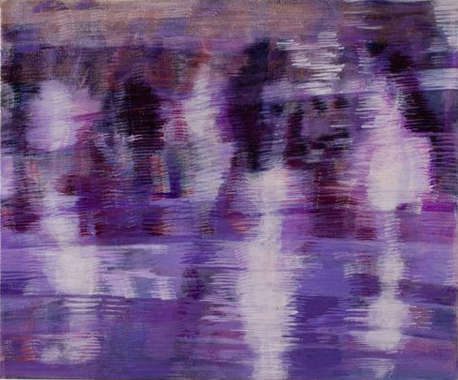
____
Interview

Brad Evans: You have consistently brought together in your works the often-disparate fields of art, psychoanalysis and critical theory. How can this approach address violence?
Bracha L. Ettinger: I begin with art. We are connected through art even if we are, as individuals, retreating from one another and from the world. Each of my paintings starts from the traces of images of human figures — mothers, women and children — abandoned, naked and facing their death. The figure’s wound is her own, but as we witness it, we realize traces of her wound are in me and in you.
Painting for me is an occasion to transform the obscure traces of a violent and traumatic past. Residues and traces of violence continue to circulate throughout our societies. Art works toward an ethical space where we are allowed to encounter traces of the pain of others through forms that inspire in our heart’s mind feeling and knowledge. It adds an ethical quality to the act of witnessing.
Painting leads to thought and then leaves it behind. The space of painting is a passageway. By trusting the painting as true you become a witness to the effects of events that you didn’t experience directly, you become aware of the effects of the violence done to others, now and in history — a witness to an event in which you didn’t participate, and a proximity to those you have never met. The coming together of art, psychoanalysis and critical theory allows me to approach images of devastation, praying I can cure in viewers a blindness to violence and persecution that continues to lead to the dehumanization of others and of ourselves.
B.E.: Theodor Adorno and others have questioned the relevance of art in response to realities of extreme violence. How do you respond to this so-called unrepresentability of human atrocity?
B.L.E.: Painting pains me. And it will pain you. We join in sorrow so that silenced violence will find its echo in our spirit, not by imagination but by artistic vision. After an earth-shattering catastrophe, must I not allow the traces of the horrifying to interfere with my artwork? Why should this be any different to psychoanalytical and critical interventions?
The question “What is art?” is certainly not a question of aesthetics, styles and technique alone. Art proceeds by trusting in the human capacity to contain and convey its rage and its pain, and to transform residuals of violence into ethical relations via new forms of mediation that give birth to their own beauty and define them. It is to trust that we will be able to bear in compassion the unbearable, the horrible and the inhuman in the human. Critique is not lost in this artistic entrustment. Rather, critique becomes participatory in it.
The purpose of art is not to represent reality or to aestheticize it. Art invents images and spaces. Art works like a maternal healing when it solicits against all the odds the human capacity to wonder, to feel awe, to feel compassion, to care, to trust and to carry the weight of the world. What you see doesn’t reflect reality or your own self; the image is not a mirror. When violence kills trust, art is the space where a trust in the other, and by extension of one’s being in the world, can re-emerge.
Like psychoanalysis, painting in this regard is a form of healing when it discerns the space of what I have called the “subreality” — a net of strings of aesthetic and human connections — and makes of this space its subject. It creates connections of “co-emergence”: “I feel in you,” “you think in me,” “I know in you,” and so on, in which subjective existence is articulated through one another. Art alone can achieve such an encounter. Its figures appear when both light and darkness are in light.
B.E.: Can you elaborate more on your conception of beauty, as it directly challenges some well-established criticisms of the aesthetics of violence, which are precisely concerned with how it can be dangerous by rendering it pleasing for public consumption?
B.L.E.: What I refer to as beauty, the source of which is the experience of trauma and pain as well as, without contradiction, of joy, signals an encounter with the horrible that we are trying to avoid, to paraphrase Rilke, as well as with the other’s desire for another life to a wretched existence and longing for light. Art that denies violence abandons its victims as if they are irrelevant to human life. In the painting, the subject matter is not simply a representation. It should work like a passageway, through which a blurred idea — as it is breathing its new form through color, line and light — elicits an affective response in the viewer that paves the sense of personal responsibility.
However, most cultural representations of violence do indeed produce objects ready for consumption. Painters, poets and filmmakers who address the catastrophes of the last century and still reach beauty and the sublime in the sense I am speaking of are very rare.
Think of Paul Celan’s poetry, for me a source of inspiration. It forms the frontier of death in life, where life glimpses at death as if from death’s side, to paraphrase Jacques Lacan. But beyond this, I would like both the figurative and the abstract form to evoke its own humanized passage from nonlife to life. There is no real beauty without compassion; art humanizes the shock and transforms trauma as you realize the impossibility to not-share your psychic, mental and physical space.
B.E.: What do you understand to be the political importance of the arts in the 21st century? And what ethical burden does this place on the artist as we seek to break out from the logic of violence and look towards more nonviolent futures?
B.L.E.: Art today is the site of a trust that comes after the death of trust. Our generation has inherited, and lives through, a colossal requiem, from the harrowing memories of the 20th century and before, to the continued violence we witness today. Our time is pregnant with the impression of loss and suffering. So the question of art, like that of the human subject it is intended to be experienced by, is always also the question of this loss and of the bringing of compassion back into life, for the future, starting from both image and from an abstract horizon.
Art has the power to re-link and invent new subjects and forms in and by light and space. Enlarging the capacity to elaborate, carry and transform traces of violence, whether private or historical, is a responsibility. This is one of art’s most important functions. “To bear” and “to carry” comes from the same root in Hebrew, in German and in French. But in Hebrew it also means “subject.” To make the world more bearable means to infiltrate the function of what I call “carriance” into the structure of subjectivity. It is to carry the burden of the suffering of others in the hope of a better time to come. Celan wrote, “The world is gone. I must carry you.”
The move from simply experiencing art to social and political acts of caring or witnessing is not automatic. But individuals encountering art create a potential for more caring collective action. Art enters the domain of community and of the political without opposing aloneness. But to dwell pensively with traces of violence is to tolerate anxiety, welcome the contingent and the unknown and to open yourself up as an individual to a possibility of collective love.
Art entails a potential resistance to structures based on violence. To the vulnerability of the other, known or unknown, we become more responsible There are no promises; a painting might not do its work. Yet it does give us a chance. Breaking with the violent past demands paying intimate attention to its often-erased figures. To not sacrifice yourself while not sacrificing the other — this is the challenge. And today we must take care of the other, the refugee. It doesn’t matter why and where; the refugee is your sister. She could be your mother; she can one day be you.
___
Book
 Bracha Ettinger The Matrixial Borderspace
Bracha Ettinger The Matrixial Borderspace
University of Minnesota Press
‘Artist, psychoanalyst, and feminist theorist Bracha Ettinger presents an original theoretical exploration of shared affect and emergent expression, across the thresholds of identity and memory. Ettinger works through Lacan’s late works, the anti-Oedipal perspectives of Deleuze and Guattari, as well as object-relations theory to critique the phallocentrism of mainstream Lacanian theory and to rethink the masculine-feminine opposition. She replaces the phallic structure with a dimension of emergence, where objects, images, and meanings are glimpsed in their incipiency, before they are differentiated. This is the matrixial realm, a shareable, psychic dimension that underlies the individual unconscious and experience. Concerned with collective trauma and memory, Ettinger’s own experience as an Israeli living with the memory of the Holocaust is a deep source of inspiration for her paintings, several of which are reproduced in the book. The paintings, like the essays, replay the relation between the visible and invisible, the sayable and ineffable; the gaze, the subject, and the other.’ — UoMP
Excerpt
I have named matrixial borderspace the psychic sphere which is trans-subjective on a sub-subjective partial level. A mental matrixial encounter-event transgresses individual psychic boundaries even if and when its awareness arises in the field of the separate individual subject, and it evades communication even if and when it operates inside intersubjective relational field. Subjectivity here is a transgressive encounter between ‘I’ (as partial-subject) and uncognized yet intimate ‘non-I’ (as partial-subject or partial- object). Co-poietic transformational potentiality evolves along aesthetic and ethical unconscious paths: strings and threads, and produces a particular kind of knowledge. Unconscious transmission and reattunement as well as resonant copoietic knowledge don’t depend on verbal communication, intentional organization or inter-subjective relationships. Aesthetical and ethical processes are impregnated by matrixial copoiesis. In aesthetical working-through the artist transforms time and space of an encounter- event into matrixial screen and gaze, and offers the other via com-passionate hospitality an occasion for fascinance.
‘I’ meets a ‘non-I,’ ‘I’ meets another ‘non-I.’ This ‘non-I’ meets another ‘I.’ Each encounter creates its own psychic resonance field, and each resonance field is with and in other fields of resonance. Thus, each matrixial cluster is a web of meeting of one with-in the other, where each one – and each other – belongs to several such clusters. The matrixial web is thus the body-psyche-time-space of the intimate even though it is a web of several, and it is from the onset transgressive. Transgressive and intimate – even when the encounter is between, with, and in two subjects, the encounter is not symbiotic. Transgressive and intimate – even if the encounter is between three subjects, inside this sphere triangulation is not Oedipalizing. Com-passionate matrixial empathy is not oedipalizing, yet difference is being swerved there already. Individuation and differentiation do not wait the third subject. The third in the matrix is not the one who will introduce difference inside a supposed symbiosis and thus bring about the first differentiating instances, but is the one who will also co-emerge with-in a matrixial web as an I or a non-I. Uncognizing yet knowing one another on a partial level – by erotic borderlinking, by affective, empathic, intuitive and even quasi-telepathic knowledge and by erotic investment and sensual and perceptive sensitivities, as well as by way of the sharing in fields of resonance and influence, and in one another’s pulsative intensities – sharing in terms of wavelength, frequencies and vibrations not perceivable by the senses but transmissible and translateable by the mind, thus sharing via virtual, traumatic and phantasmatic strings to creat coeventings or encounter-events – I and non-I are cross- printing psychic traces in one another and continuously transform their shareable threads and sphere. While continually inspiring one another, I and non-I create a singular shared trans-subjectivity where even traces of each one’s earlier or exterior trans-subjective co-emergences, co-eventings and cofading with other non-I(s) influence the newly arising time-space. The sharing and exchange of traces of mutually subjectivizing agencies that dwell in different levels and frequencies create a mutating co-poietic net inside a singular trans-subjective web. The interlacing copoietic strings and threads create the ever-transforming transgressive metramorphic borderlinks in a relatively stable yet fluid jointness in severality.
In the opening to an unconscious matrixial event-encounter, the artist can’t not-share with an-other, she can’t not witness the other. The I and non-I are wit(h)nessing one another, and by that they become partialised, vulnerable and fragilised. The artist doesn’t build a defense against this fragility but freely embraces it. Transmissibility and transformative potentialities “wake up” to vibrate the virtual and real strings. Sensitivities are reattuned, unconscious imprints cross-inspire, traces are reaching one another beyond each one’s personal boundaries. Inspiring psychic strings covibrate and traces are stored in shareable threads. The matrixial psychic space concerns shareability and severality that evade the whole subject in self-identity, endless multiplicity, collective community and organized society. The matrixial borderspace is drawn and is further drawing virtual and real traumatic and phantasmatic as well as imaginary and symbolic transgressive psychic contacts by inhabitation and erotic co-tuning in the same resonance field; vibrating space or elusive time of which each participant becomes partial by its own reattunement and attention. Affective vibrations that tremble with virtual strings, body-psyche-space-time cross-imprints and uncognized memory traces accumulated in several threads transform each partial-subject into some kind of mental continuity of the psyche of another partial-subject. Each psyche is a continuity of the psyche of the other in the matrixial borderspace. We thus metabolize mental imprints and traces for one another in each matrixial web whose psychic grains, virtual and affective strings and unconscious threads participate in other matrixial webs and transform them by borderlinking in metramorphosis.
Matrixial transformation is a co-transformation-in-difference. Matrix that signifies womb and indicates femaleness, prenatality and pregnancy supplies the symbol and an image by which we can identify and recognize the moves of the transgressive and partial trans-subjectivity behind or beyond the moves of the differentiated subject and draw the activity of a specific Eros with its aesthetical and ethical consequences. I have named ‘metramorphosis’ the ensemble of joint eventing of transmission and reattunement in encounters where I and non-I coemerge, co-change and co-fade in borderlinking to each other with-in virtual and real strings. Copoiesis is the aesthetical and ethical creative potentiality of borderlinking and of metramorphic weaving. The psychic cross-imprinting of events and the exchange of traces of mutually (but not symmetrically) subjectivizing agencies, occurring via/in a shared psychic borderspace where two or several becoming-subjectivities meet and borderlink by strings and through weaving of threads, and create singular trans-subjective webs of copoiesis composed of and by transformations along psychic strings stretched between the two or several participants of each encounter-event. Thus, a matrixial borderspace is a mutating copoietic net where co-creativity might occur.
A matrixial co-emergence has a healing power, but because of the transgression of individual boundaries that it initiates and entails, and because of the self-relinquishment and fragilization it calls forward, it is also potentially traumatizing. Therefore, to become artistic or generate healing, the aesthetical transgression of individual borderlines (that occurs in any case with or without our awareness or intention) calls for the awakening of a specific ethical attention and erotic extension: an artistic generosity. In art, the aesthetical working-through bends towards the ethical with matrixial response-ability in wit(h)nessing; in psychoanalysis the ethical working-through that entails the generosity expressed by compassionate hospitality and by effects and affects of fascinance bends toward the aesthetical realm.
Matrixial trans-subjectivity hosts moments of coemergence-in-differentiation that weave their own time zone – a matrixial bordertime. Composite partial subjectivities produce, share and transmit assembled, hybrid and diffracted psychic objects and links, as well as their mental traces, via originary psychic conductible borderlinks. As strings, the erotic antennae of the psyche disperse different aspects: links, waves, frequencies and intensities, affects, together with their threads composed of imprints and memory- traces of jouissance and of traumatic events shared or transmitted between me and the stranger who thus unknowingly becomes ‘my’ intimate anonymous partner. New traces are inscribed along psychic matrixial paths and threads and more strings are vibrating. This very psychic coemergence also depends upon the capacity and quality of witnessing of the non-I in jointness: on that particular quality I have named wit(h)nessing, witnessing while sharing in the distribution and reabsorption of traces of the event and participating in trans-subjective transmission via unconscious strings and threads.
*
p.s. Hey. ** Jack Skelley, Hijack! I see it! Your window did not foil us. Excellence incarnate about the Brendan preface. That’s a power couple.And a new story! And another power couple! Everyone, The great writer and d.l. Jack Skelley has a new story available for you to read plus an image by the mighty multi-artist Stephen Spera. Title: ‘I LIVED ON A DEMON-SIZED PLANET’. Location: here. Excited! And I will see you in a small and sometimes large rectangle tomorrow evening! ** Misanthrope, Hi. I really don’t like codeine. It feels wrong. So I honestly would send you my unused stash of semi-codeine if it wasn’t a border patrol’s red flag magnet. I’m imagining a stranger could walk into your bedroom and immediately assume it’s the bedroom of a 13 year old girl. Or girly boy. Half finished is pretty good. Too late to turn back now. ** Tosh Berman, Hi, Tosh. Yes, I don’t completely understand how the art world works, but I assume that one reason is gallerists don’t think showing Maruo would be cost effective since that’s what it almost always comes down to. ** _Black_Acrylic, Good memory! That post was from, gosh, 12 years ago maybe? An official Play Therapy T-shirt is mere weeks or something away? My clothes allergy will prevent my proudly wearing one unless I can score an XXL-sized one and wear a protective organic one underneath? Might be possible. Anyway, that’s so fucking cool! ** Dominik, Hi, hi!!! No, I think my tooth’s pain has basically given up the ghost. Until part 2 at least. I loved the Josh Peterson video. I didn’t know he did stuff like that. It was very cool. Thank you, and please thank the entity known as SCAB itself for me. I’m trying to figure out if that motto would make more or less people fall in love. Hm … Love screaming as Hatred shoots him in the head pointblank with an AK47 (Yikes, I think I need to stop looking at guro sites), G. ** Bill, Greetings to Chicago. Ah, you lunched with Maryse! Awesome! I would love to have been your waiter. What else are you doing up there? ** Sypha, Luckily I’m positive that Maruo doesn’t know about this blog so he won’t read your comment and either have hurt feelings or mutter to himself that whoever Sypha is he has terrible taste. It’s true your doctor sounds like an unworthy loser so far. But thank you for letting me know I should pay attention to where my saliva goes. Hang in there, buddy. ** Okay. I thought I would turn the spotlight on this curious, dense book by the writer/theoretician/painter Bracha Ettinger because I don’t think a lot of you know it. And now you have the chance to. See you tomorrow.




 Now available in North America
Now available in North America 
Bracha Ettinger is a new name to me of course, and I’ll spend time with this intro today.
Those T-shirts might just be suitable, not that I’m selling anything haha: “All Certified Organic Cotton t-shirts by Teemill, 155g/m2. GM free. Not tested on animals. Do not contain animal-derived products. Printed in the UK with low waste printing tech. Made in a renewable energy powered factory audited for a wide range of social and sustainability criteria.” Anyway…
The new episode of Play Therapy is online here at Tak Tent Radio! Ben ‘Jack Your Body’ Robinson brings you Hi-NRG, oodles of Minimal Synth and for the ladies, some feral gore feminism too.
Hi!!
Good, good. About your tooth. Do you have to have another round with it soon?
Yes, Josh makes music and video collages; I adore his work. As you know, I’ve published written pieces, photos, drawings/paintings, and 3D art in SCAB before but never a video, and I really love that “Born in the Summer” is this exception.
Hard to say, haha. Oh shit! Hahaha. Poor love! Love timidly approaching Hatred to show him his One Direction guro fanart and let him know that he’d be into some bloody fun, although it’s obvious that he has no idea what he’s in for, Od.
Dennis, I don’t even know where to start with this one. Just reading the first paragraph made my head hurt, hahaha.
Yeah, I have a couple Leo D. autographed pics up, way too much Harry Styles stuff, and now some good Chalamet stuff in my room. You can only imagine my happiness/shame when I pulled that pillow out of the bag at the party, hehe. 😀 But I’m glad I got it. 😀
I hear you on the feeling wrong thing re: codeine. I feel that way about the opioids I’ve taken, even though they really helped with the pain. I just don’t like getting out of my head, especially with stuff that works that well.
Oh, yeah, if I can go around 10 pages a day, I’ll certainly be finished by the end of the month with this part. And then…yikes! 😉
Hope your weekend is swell. Me, I’m a just chill and work personal Georgie projects for the most part.
Tanx, Dennis: Today’s rabbit hole sucked me into some cool shit about identity, agency imprinting and other buzzwords that may work into writing or just daydreaming as I fail to maintain focus on “important” things.
The Northeast is facing awful weather this weekend. It’s supposed to hit NYC on Sunday as a tropical storm, but the Connecticut county where my parents live has a full-on hurricane warning. I need to go grocery shopping and buy several days’ worth of food tomorrow, but after Sandy, I’m terrified of another power outage.
Ettinger’s paintings look like realistic renditions of blurred VHS images.
Anyway, if the weather holds up, I plan to see a program of recent Mark Rappaport video essay shorts at Anthology tomorrow.